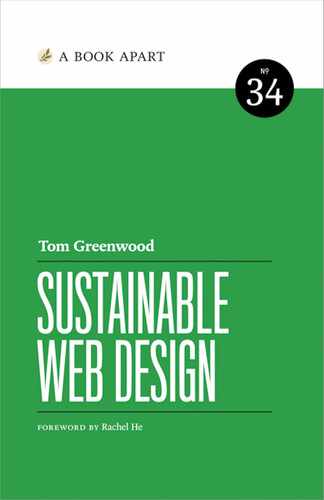Introduction
There are professions more harmful than industrial design, but only very few of them. And possibly only one profession is phonier. Advertising design, in persuading people to buy things they don’t need, with money they don’t have, in order to impress others who don’t care, is probably the phoniest field in existence today.
Victor Papanek, who wrote these words in his 1971 book Design for the Real World, was an early pioneer of what we now call sustainable design. Papanek rallied against the use of design as a tool to fuel consumerism, and asserted that designers have an opportunity, and a responsibility, to help create a better world.
Thirty years later, as an environmentally minded teenager studying product design at university, I was inspired by Papanek’s work. I was passionate about pursuing a career in product design, but only if I could also be a part of the solution to the environmental crisis. I chose sustainable design as my thesis topic and spent my final year researching every tool, technique, book, regulation, and case study of sustainable product design. Keen to inspire other designers to pursue sustainable practices, I put all of this information on a website in the first online guide to sustainable product design (Fig 0.1). At a time when “product design” almost exclusively referred to the design and engineering of physical products and services, that website was one of my first steps into the digital world.
At the turn of the millennium, when anyone talked about digital products or services in the context of sustainability, it was mainly as a potential panacea to our trash-producing global consumer culture. When my wife Vineeta and I set up Wholegrain Digital in 2007, it was with the rationale that we wanted to move away from designing and engineering physical products that might end up in landfill. Digital design could never become physical trash, and so we felt safely on the side of good environmental practice with our digital studio.

That attitude shifted in 2016, when I learned that the world’s data centers use more electricity than the whole of the United Kingdom (http://bkaprt.com/swd/00-01/). Holy guacamole! There we were, conscientiously turning off the lights when we left a room to save energy, recycling our waste and offsetting our travel, oblivious to the fact that the seemingly harmless digital products we designed were “always on”—in our offices, in our homes, and in our pockets. I’m embarrassed to admit it took nearly a decade from starting the business before we thought to even ask how much energy websites actually use.
As we’ll see in the chapters ahead, websites demand a great deal of electricity, and all that power has to come from somewhere. No longer can we dismiss these concerns as irrelevant. The time has come for digital professionals to take leadership in our industry and develop a culture where sustainability is fundamental to everything we do.
I must clarify that sustainability in this book refers to the sustainability of our natural environment and our urgent need to cut carbon emissions to keep those natural systems in balance. It’s not that financial profit or social value don’t matter. I’ve long subscribed to John Elkington’s principle of the Triple Bottom Line, a concept he introduced in the early ’90s to suggest that we should measure profit not just on a financial bottom line, but also measure the benefit of our business to society and to the natural environment.
I don’t have to tell you that your business needs to be financially sustainable, and there are plenty of books written about human-centered design, accessible design, inclusive design, and other social aspects of design and tech. However, there’s an eerie silence about digital technology and the environment. Nature is the source from which all else grows. Without it, there is no financial profit, no social value, and no digital industry.
Whatever your role in the digital sector, this book aims to provide a starting point to help you understand the issues of sustainability, as well as the tools, techniques, and processes that can help us to create sustainable digital products. We’ll also look at how we can approach sustainability in the business side of digital, and how climate change may impact the internet itself. From this foundation, I hope we can all help to create a web fit for the future we all face.
